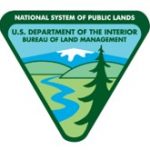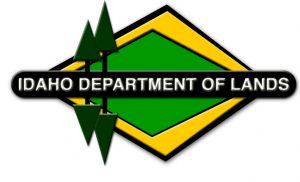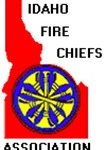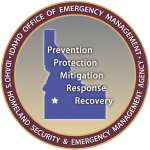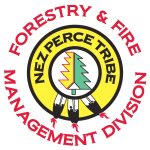
Fire Resistant Landscapes
Principles & Practices
WUI Culture
As a homeowner in the wildland/urban interface (WUI), you have the primary responsibility for reducing your home’s vulnerability to wildfire. By using an accepted set of principles and practices, you give yourself a huge advantage - not only will you decrease ignitability, but you also will affect how a wildfire behaves on your property.
Surrounding yourself with a strategically designed, lush, beautiful and well-maintained landscape is your best defense. Fire resistant landscaping is simple in principle and revolves around minimizing and rearranging fuels.
In this section you will learn:
- what defensible space is and how to use it.
- the principles behind fire resistant landscape design.
- the characteristics of fire resistant plant materials.
- how to maintain your fire resistant landscape.
Defensible space
Defensible space is the natural and landscaped area around a structure that is designed and maintained to reduce fire danger. Defensible space is all about minimizing and rearranging fuels. By treating fuels around your home and outbuildings, you influence wildfire behavior, thereby decreasing ignition potential.
Defensible space not only decreases your home’s vulnerability to wildfire, but can provide firefighters a safe environment in which to defend your property. Where homes are close to each other, defensible spaces may overlap to provide added protection for the neighborhood.
A minimum defensible space of 100 feet is recommended for homes and outbuildings on flat ground—up to 200 feet or more on sloped sites. Defensible space is commonly divided into three zones.
Defensible space is divided into three zones
Zone 1 - Immediate Zone, Your Buildings and the First 5-feet (Non-Combustible Zone)
The Immediate Zone includes both the home and the area 0 to 5 feet out from the furthest attached exterior point of the home.
In Zone 1, take steps to eliminate ignition potential. Use gravel mulch in this zone and use only the most fire resistant plant material - e.g. short, high moisture content plants such as flowering annuals or perennial succulents hardy to your USDA zone. The home itself should be constructed using ignition resistant building materials. Screen any openings with 1/8" metal mesh to block embers from collecting inside the home or under decks. Be aware of anything that could be flammable in this zone such as leaf litter, dead vegetation, pine needles, even items such as a possibly flammable doormat or hanging baskets made from fibrous material.
Zone 2 - Intermediate Zone, From 5- to 30-feet (Pruned and Groomed)
Zone 2 should consist of a well-maintained greenbelt. Surround islands of fire resistant plant material with rock or brick retaining walls and/or well-watered turf. Keep lawns mowed to a height of four inches and clear vegetation regularly to keep the landscape 'lean, clean, and green'. Water plants and lawns appropriately to keep them from becoming dry. Trees and shrubs in this zone should be limited to small clusters to break up the continuity of the vegetation across the landscape. Consider using hardscapes, dry river beds, or water features as a means of beautifying the landscape as well as making it more fire resistant. Tree placement should be planned to ensure the mature canopy is no closer than ten feet to the edge of the structure.
Zone 3 - Extended Zone, From 30- to 100-feet and Beyond (Pruned and Groomed and leading to Natural Vegetation)
Keep in mind that your property line may end prior to 100 feet. In these instances working collaboratively with your neighbor is important in helping to protect multiple properties. In Zone 3, remove highly flammable vegetation and replace it with fire resistant species. Maintain Zone 3 by thinning and pruning, removing dead and dying plants, and periodic fertilization and irrigation, as needed. Place firewood and propane tanks on gravel or concrete pads at least 30-feet away from structures and surround them with non-flammable fencing. Trees 30-60 feet from the home should have at least 12 feet between canopy tops. Trees 60 to 100 feet from the home should have at least 6 feet between canopy tops.
For more information on hardening your home, refer to the NFPA publication Reducing Wildfire Risks in the Home Ignition Zone.

Contact Us
Mike Ward, Executive Director
director@idahofirewise.org
PO Box 220
Kooskia, ID 83552
phone/fax: 208-310-7472
EIN 27-2535008




